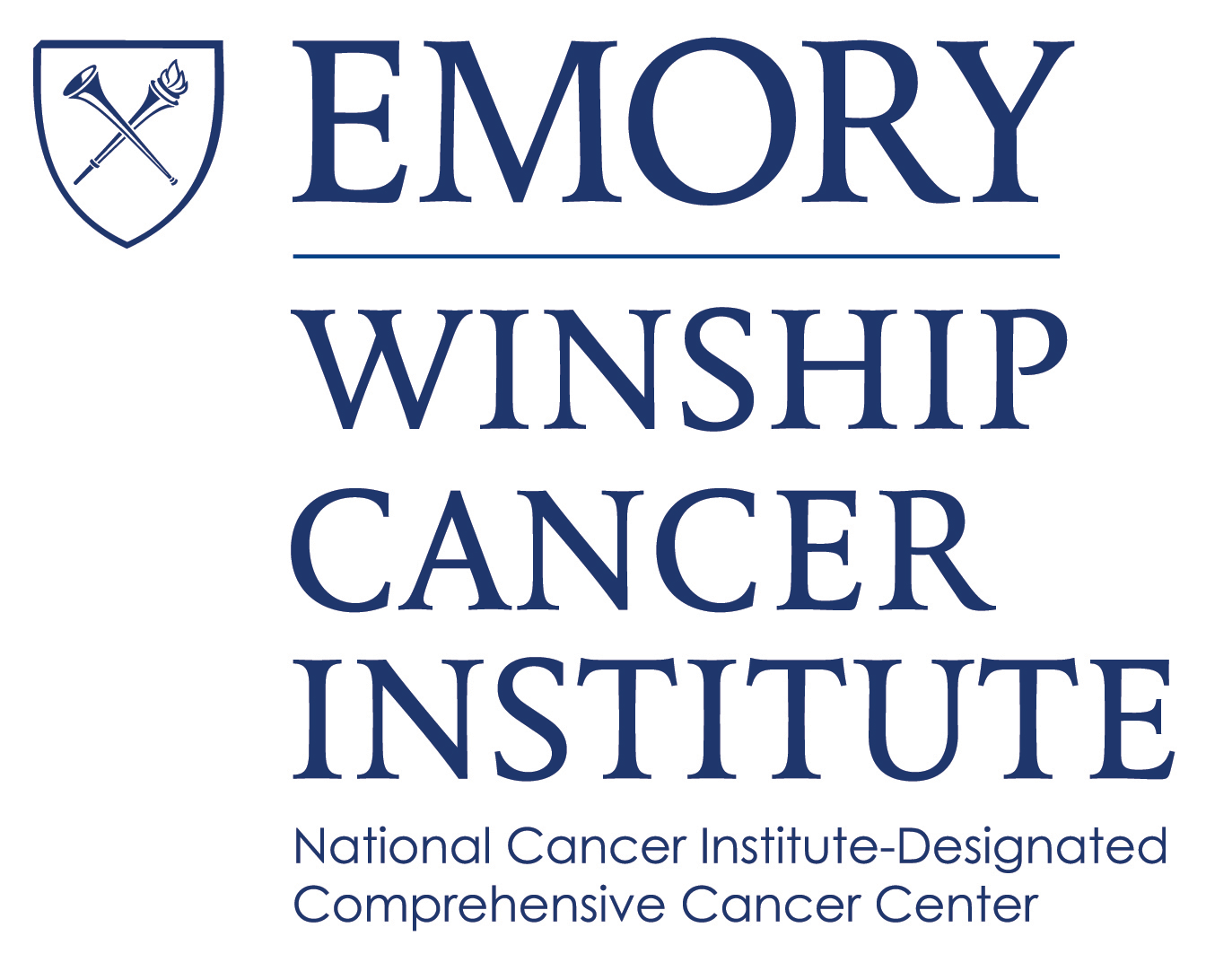- Advertise
- About OncLive
- Editorial Board
- MJH Life Sciences brands
- Contact Us
- Privacy
- Terms & Conditions
- Do Not Sell My Information
2 Clarke Drive
Suite 100
Cranbury, NJ 08512
© 2025 MJH Life Sciences™ and OncLive - Clinical Oncology News, Cancer Expert Insights. All rights reserved.
Dr Saba on Findings from the CONTINUUM Trial of Sintilimab in Nasopharyngeal Cancer
Nabil F. Saba, MD, FACP, discusses key findings from the phase 3 CONTINUUM trial of sintilimab plus chemoradiotherapy in patients with locally advanced nasopharyngeal carcinoma.
Nabil F. Saba, MD, FACP, professor, vice chair, Quality and Safety, Department of Hematology and Medical Oncology, the Lynne and Howard Halpern Chair in Head and Neck Cancer Research, adjunct professor, Department of Otolaryngology, co-director, Head and Neck Cancer Multidisciplinary Program, Winship Cancer Institute of Emory University, Emory University School of Medicine, discusses key findings from the phase 3 CONTINUUM trial (NCT03700476) of sintilimab plus chemoradiotherapy in patients with locally advanced nasopharyngeal carcinoma.
Findings from the study presented at the 2023 ASCO Annual Meeting demonstrated that the addition of sintilimab to chemoradiotherapy led to a 41% reduction in the risk of recurrence or death vs chemoradiotherapy alone in the frontline treatment of patients with locally advanced nasopharyngeal carcinoma (HR, 0.59; 95% CI, 0.38-0.92; P = .019). At a median follow-up of 41.9 months, the 3-year event-free survival (EFS) rate was 86.1% with the combination vs 76.0% with chemoradiotherapy alone.
Among updates shared within the treatment landscape of head and neck cancer, the use of novel agents in nasopharyngeal cancer garnered attention at the 2023 ASCO Annual Meeting, Saba begins. CONTINUUM built on the current standard of care in locally advanced nasopharyngeal carcinoma, which is comprised of sequential therapy with gemcitabine and cisplatin, followed by radiation and cisplatin, and added the PD-1 inhibitor sintilimab to the combination.
Along with meeting the primary end point of 3-year EFS, the sintilimab combination led to improvements in 3-year distant metastasis–free survival vs chemoradiotherapy alone (90.3% vs 82.8%; HR, 0.57; 95% CI, 0.33-0.98; P = .039). Additionally, patients in the sintilimab arm experienced a 3-year locoregional recurrence–free survival rate of 93.4% compared with 86.8% for those in the control arm (HR, 0.52; 95% CI,, 0.27-0.97; P = .038). The 3-year overall survival (OS) rates were similar at 92.9% for the sintilimab arm vs 92.8% for the chemoradiotherapy arm (HR, 0.95; 95% CI, 0.49-1.87; P = .89); however, the similar OS data were expected given the nature of the disease, Saba says. These are potentially practice-changing outcomes, though longer-term follow-up will be needed to further evaluate OS data, Saba concludes.


